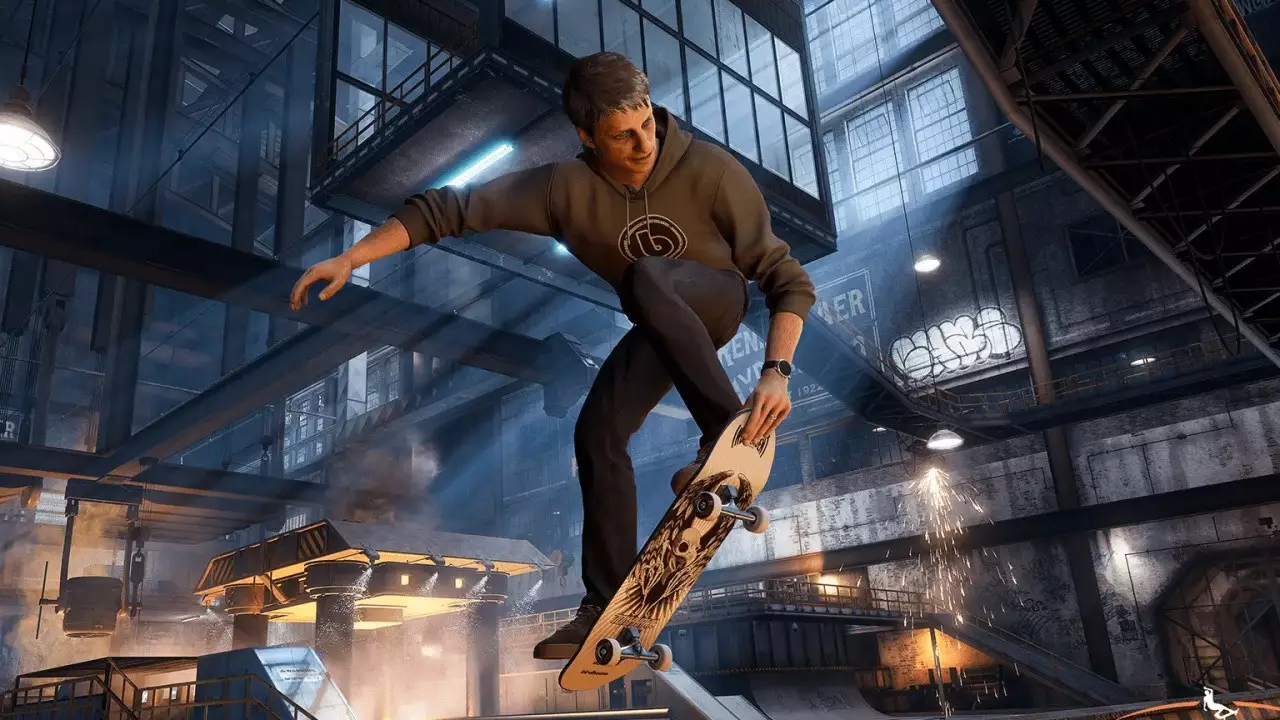The return of Tony Hawk’s Pro Skater series, particularly the reimagining of its third and fourth chapters, signifies more than just a nostalgic nod to gaming veterans. It embodies a strategic move in the broader context of remakes and remasters, where developers aim to both honor beloved classics and infuse them with modern sensibilities. This release ventures into a delicate balancing act—preserving the core gameplay that made these titles legendary while experimenting with new content and mechanics to attract both old fans and newer audiences.
Crucially, the decision to reintroduce beloved venues like the Foundry and Alcatraz, alongside inventive new locations such as the pinball-themed level, reflects an understanding that environment plays a foundational role in skateboarding games’ appeal. Immersing players into familiar yet fresh settings sparks a sense of continuity and novelty simultaneously. However, the effectiveness of these decisions hinges on how well the game integrates its nostalgic elements with innovative features, a challenge that not all reviews have entirely embraced.
Core Gameplay: Nostalgia Meets Refinement
The essence of Tony Hawk’s series has always been its fluid, exhilarating skateboarding mechanics. This latest iteration appears to deliver on that promise, with critics praising the game’s handling and the refined feel of tricks—attributes essential to maintaining the franchise’s identity. Yet, the devil is in the details, and even the most positive assessments acknowledge that some structural changes—particularly around the Career mode and soundtrack choices—have muddled the experience.
While traditionalists may view the simplified scoring timers or soundtrack omissions as detours away from the original magic, others appreciate the gameplay’s core strength. The advancements in skating physics and controls herald a level of realism and polish that elevates the experience, making it accessible to newcomers while still offering depth for seasoned players. This dichotomy reveals a fundamental truth: syntax and mechanics alone cannot guarantee a successful revival if the game’s soul—the mood, rhythm, and authenticity—are compromised.
Critical Reception: Balancing Praise and Discontent
The reception of this remake surfaces a nuanced opinion landscape. Critics from reputable outlets like GameSpot and IGN generally laud the game as a strong, if imperfect, reimagining of a cherished series. The consistent praise for gameplay quality underscores a recognition that at its heart, the game still delivers the adrenaline-pumping skateboarding experience fans expect. However, dissent exists—some reviewers highlight questionable design decisions, especially concerning the removal or alteration of soundtrack elements and the restructuring of game modes.
Such feedback suggests that nostalgia alone cannot sustain a beloved franchise’s relevance in a rapidly evolving gaming environment. The remake must strike a delicate balance between respecting the series’ roots and adapting to contemporary tastes. The risk is that perceived missteps—like the removal of influential tracks or drastic changes to game timers—may alienate core fans, asserting that sometimes, tampering with tradition can backfire.
Innovation and Future Potential
Despite criticisms, the overall enthusiasm indicates that the game’s strengths outweigh its flaws. The improved control scheme, coupled with dynamic new levels, breathes fresh life into the franchise. It’s evident that successful remakes do not just replicate but reimagine; they serve as opportunities for evolution rather than mere preservation.
Moreover, this release signals a broader shift in how we view aging classics. By blending the old with the new, developers demonstrate that a classic’s life cycle can be extended—if approached thoughtfully—with updates that respect both the game’s DNA and the expectations of modern audiences. It opens doors for future titles to innovate within nostalgia, rather than shy away from it.
In the grander scope, this remake isn’t just a tribute—it’s a bold statement that the spirit of skateboarding’s golden age can thrive anew, provided the core essence is preserved and thoughtfully enhanced. The challenge ahead lies in how well future iterations will heed these lessons—honoring tradition while daring to push boundaries. The series’ resilience hinges not just on nostalgia but on its ability to adapt, evolve, and continue inspiring both old fans and new skaters alike.


Leave a Reply